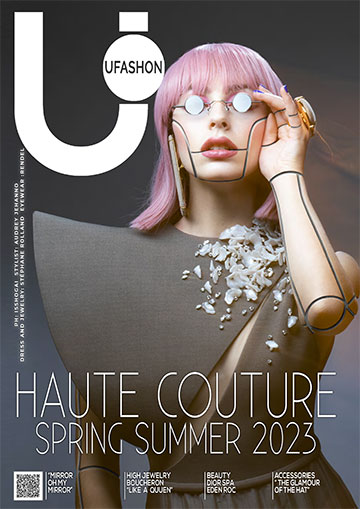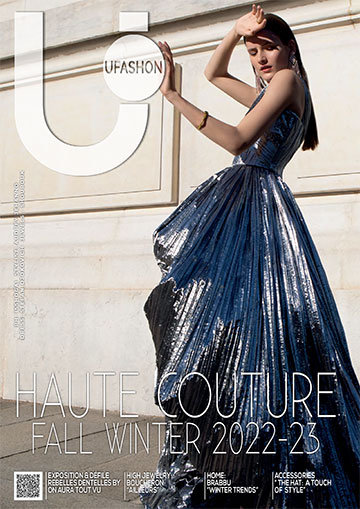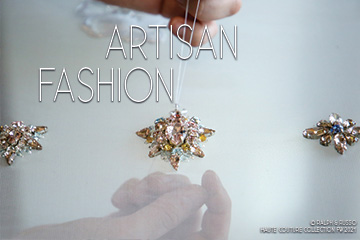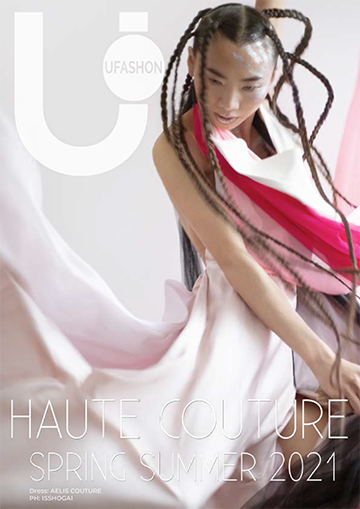It is estimated that there are some 440 million blogs in the world.
Blogs are a prime example of influencer marketing and are found in all the economic sectors in which Italy excels, from fashion, to food, to wine, to interior design.
Many of these blogs present the conventional static view of fashion products, treating them as expressions of isolated enduring value. Yet fashion is by its very nature fleeting, balanced between past, present and future.
Timing is supremely important. The problem with influencers is that they reduce consumers to a single common denominator. They also play on a false perception of the world, implicitly postulating a separation between us and the things we produce and collect.
This marketing approach is situated in time, but simultaneously isolates fashion creations from their temporal dimension, treating them as if they were once and forever entities. Yet all things exist along a temporal dimension; all things are in the process of becoming.
They represent a specific point along a temporal continuum. Some consumers have increased their sensitivity to the idea of a before and an after. Sustainability, inclusion and identity are all factors which rank high in the level of awareness of many consumers. To assess these elements the buyer must go beyond the static image of the fashion product, and delve into the process which allowed it to come into being.
In this way the modern fashion user is like the food lover who is drawn to the entire range of factors which yield a product, from environmental conditions, to natural components, to the creativity of the producers, to the process of distribution, to the secondary outcomes of the whole process.
Carlo Petrini was the master of this perspective when he theorized the idea of responsible pleasure. In a world where people have developed an increasingly strong sense of the consumer’s power and responsibility, part of the pleasure of fashion aesthetics is context. This pleasure requires a return to an authentic idea of the fashion product, not as an isolated outcome, but as a continuum with a before and after.
The before addresses the issues of responsibility, pleasure and individuality.
The after allows us to overcome the disposable quality of contemporary fast fashion, where fashion products are purchased without thought and discarded within a few months of the purchase. The after allows us to see the product’s evolution over time, acquiring new value as it is recontextualized in ever-changing settings.
Quality products have lasting yet changing value enjoyed in ever new combinations achieved through the mix and match strategy which today informs the actions of fashion users. We find here the relevance of a profound philosophical debate which weighs contrasting conceptions of time as expressed in material objects.
The debate hinges on the contrast between endurance and perdurance.
The endurance advocates believe that the object is an unchanging 3-dimensional artifact static over time. The perdurance advocates instead see the object as possessing a 4-dimensional spatial-temporal character where time always plays a role. Objects are space–time worms comprised of proper temporal parts each of which moves with a certain autonomy.
An obvious example of this temporal complexity is found in vintage clothing which has been enjoying a comeback since the 1990s, precisely the period when fast fashion emerged. Fast fashion aims to annihilate time, with no sensitivity to before and after. Vintage instead foregrounds temporal concerns, looking to the future through a window of the past. This is a supreme example of spatial-temporal sensitivity.
We can imagine the vintage Honiton bridal veil which today can be purchased for an accessible price, allowing the fashion user to carry forward into modern times an authentic Victorian artifact combined with modern fashion items to express a principle of historically-grounded authenticity along with the particular flair of the individual fashion consumer.
These are not mass-produced items, and cannot be submitted to the logic of the fast fashion product which is here today and gone tomorrow, consumed with no effort to understand its constitution, no sensitivity to the multiple space-time worms which converge in the moment of any fashion performance.
This perspective expresses the joyous complexity of the real world, not the arid two-dimensionalized world of commercial representation. This is the real world celebrated by Carlo Petrini, enjoyed because we take time to appreciate its full complexity, its extraordinary range of variety.
We need more bloggers who cultivate this complexity, who appreciate the singularity of difference and understand that this appreciation is the only way we can express true individuality.
Gregory Overton Smith
D.Phil. Oxford
Temple University Rome









